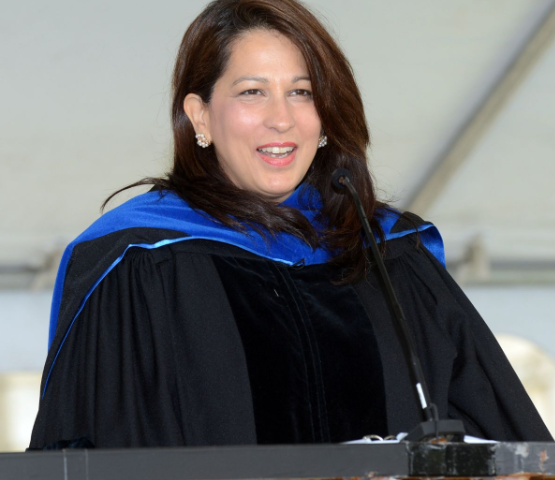Queens College students may soon decide how to spend part of student government’s budget through participatory budgeting.
But what is participatory budgeting?
“Basically, it’s a direct democratic process with assemblies that diagnose problems, identify problems [and] come up with proposals that address them,” Alexander Kolokotronis, a senior and member of Students Organization for Democratic Alternatives, said. “Eventually, they decide which of the proposals they want to move forward with; so you implement and monitor them.”
Participatory budgeting began in 1989 in Porto Alegre, Brazil, where citizens voted on projects proposed by other residents. Since then, it expanded to other cities throughout the world.
SODA, founded in April 2014, brought up the issue of participatory budgeting to students during the student body elections last semester.
“It really engaged a lot of people. At least 95 percent of people stopped, listened to what we had to say and talked for 40 seconds to a minute about what their concerns were,” Kolokotronis said.
Brooklyn College, a CUNY school, is familiar with the process as it was the nation’s first college to use participatory budgeting in 2012. The college’s student government allocated at least $20,000 for students to decide what projects to enact and vote on the best one.
Despite delays and implementation issues, the college repeated the process in 2014 with a larger budget for students.
QC President Felix Matos Rodriguez said he was not aware of such efforts at QC, but familiar with the concept of participatory budgeting. Moreover, Rodriguez believed the college could not allocate a sufficient amount of funds for such a project.
“While we do not have a formal participatory policy in place, given our budget process is different than that of the City Council, we do engage the campus community in terms of decisions of how funds are allocated, like the students voting on a transportation fee to support the shuttle buses which began operation in fall of 2014. Had the majority of students not voted to support this initiative, we would not have been able to provide this service,” Rodriguez said.
Kolokotronis said SODA is currently working with not only student government, but also other clubs on campus as well to implement participatory budgeting.
“We already have a tentative design for the process and we’re looking for clubs to get involved. We’ve been reaching out to clubs that already exist on campus,” Kolokotronis said.
Kolokotronis added, in spite of students only voting in the process, faculty can help implement the straightforward model at the college.
“[I]t can transform the bureaucracy in a way that opens it up and makes it transparent,” Kolokotronis said.
Isabel Pulgarin, a senior majoring in political science, said the process was both creative and positive for building relationships among students.
“I think that if activists want to offer students a way to further express themselves, unveil creativity and foster applied thinking in the form of projects, then I’m all for it,” Pulgarin said. “The voting aspect is a plus as well, allowing for the most popular projects to be picked and, thus, in theory generating the most support and hopefully involvement in said project.”













